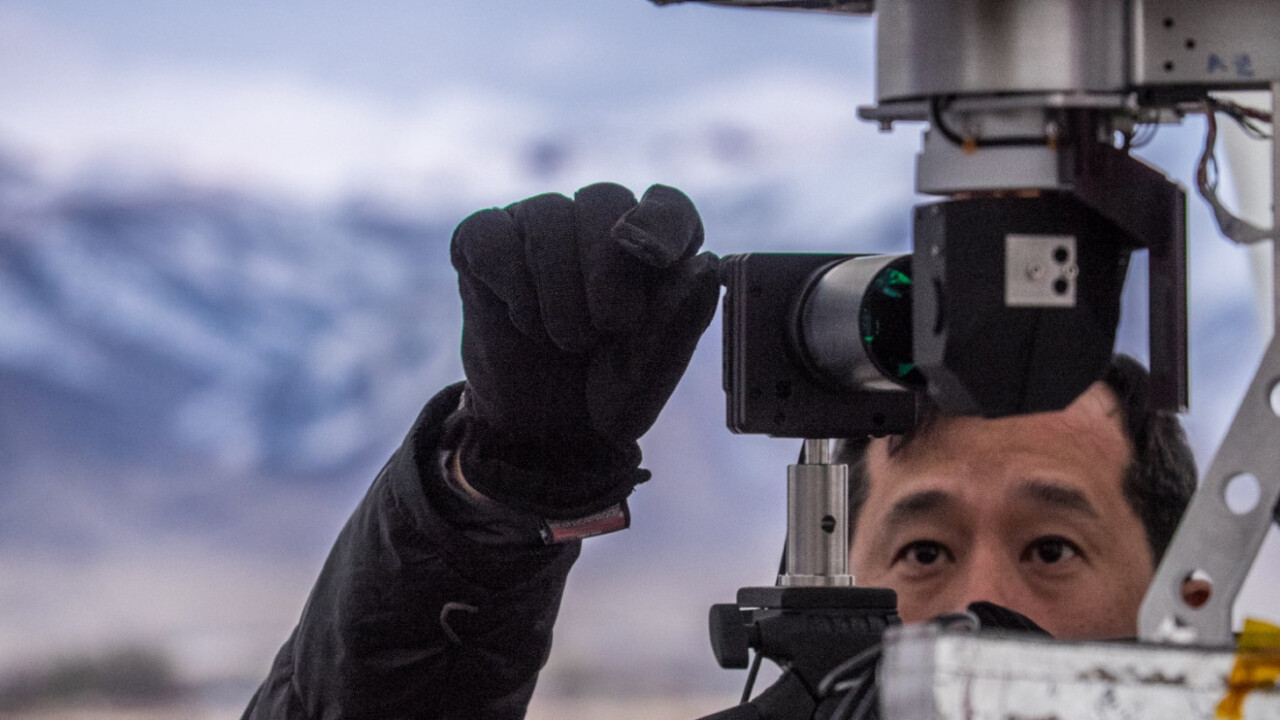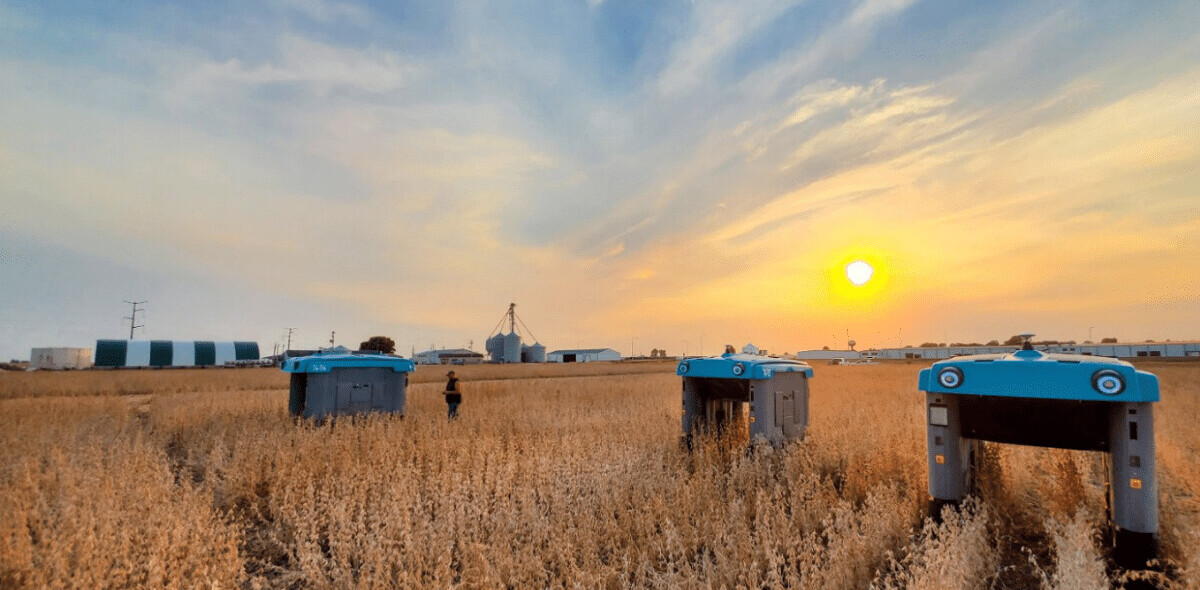X, the research division of Google’s parent company, Alphabet, announced today that it’s teaming up with a telecom company in the South Indian state of Andhra Pradesh to create a high-speed internet network for homes in rural areas – without cables.
To achieve this, the team from X is using what it calls Free Space Optical Communications (FSOC), a technology that was borne out of Project Loon – an initiative to deliver internet to far-flung areas using floating balloons:
FSOC links use beams of light to deliver high-speed, high-capacity connectivity over long distances — just like fiber optic cable, but without the cable. And because there’s no cable, this means there’s none of the time, cost, and hassle involved in digging trenches or stringing cable along poles. FSOC boxes can simply be placed kilometers apart on roofs or towers, with the signal beamed directly between the boxes to easily traverse common obstacles like rivers, roads and railways.
That means the team, along with its local partner firm, AP State FiberNet, will be able to set up a broadband network far more quickly than before in underdeveloped regions. The goal is to further the AP Fiber Grid initiative, which seeks to connect 12 million households, businesses, and government organizations in the state by 2019.
To kick things off, AP State FiberNet will install 2,000 FSOC boxes in Andhra Pradesh, with the assistance of engineers from X stationed in India.
This could be huge for India, which presently has about 70 percent of its population of 1.2 billion people living in rural areas; large swathes of the country are underserved when it comes to electricity and internet connectivity. A solution like X’s FSOC could certainly help bring web access, as well as mobile connectivity, to more parts of the country with minimal infrastructure costs – provided that other state governments play along, of course.
Getting India online is a huge priority for Google as well: in 2015, as part of its Next Billion Users initiative, it launched Google Station, a project to bring free Wi-Fi to 400 railway stations across the country. It’s already covered 227 stations and counts 7.5 million users per month; the company noted that it’s on track to reach its target by 2018, two years ahead of India’s online population hitting a whopping 650 million users.
Get the TNW newsletter
Get the most important tech news in your inbox each week.





